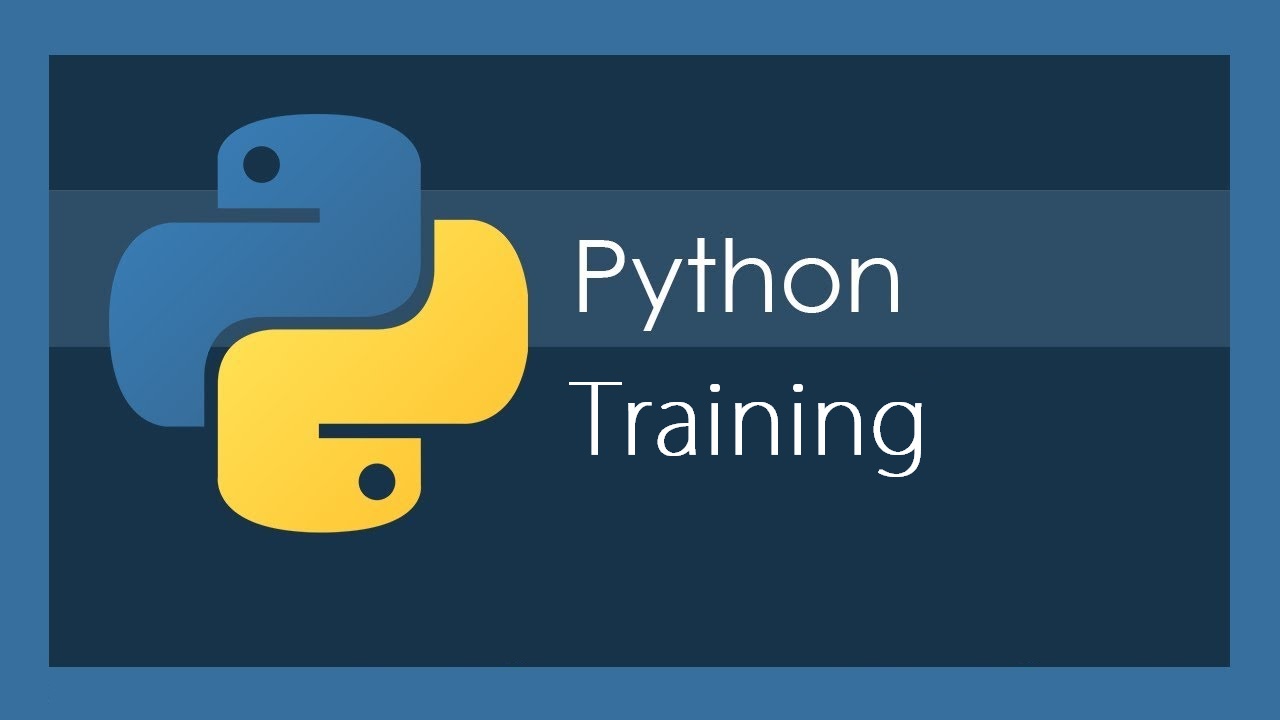Python is a versatile and powerful programming language known for its simplicity and readability. Here’s a brief overview:
-
General purpose: Python can be used for various purposes such as web development, data analysis, artificial intelligence, scientific computing, automation, and more.
-
Easy to learn: Python has a straightforward and concise syntax, making it accessible for beginners. Its readability resembles English, which helps in understanding and writing code efficiently.
-
Interpreted: Python is an interpreted language, meaning that code is executed line by line, which makes debugging easier. However, it can be slower than compiled languages for certain tasks.
-
High-level: Python abstracts many complex details, allowing developers to focus on solving problems rather than dealing with low-level programming tasks.
-
Large standard library: Python has a comprehensive library with modules and functions for various tasks like file I/O, networking, mathematics, and more. This reduces the need for external libraries for many common tasks.
-
Dynamic typing: Python uses dynamic typing, meaning you don’t need to specify variable types explicitly. This can make code shorter and more flexible but may lead to potential errors if not handled carefully.
-
Community and ecosystem: Python has a large and active community of developers contributing to its ecosystem. There are thousands of third-party libraries and frameworks available, expanding its capabilities for different domains and applications.
-
Object-oriented and functional programming: Python supports both object-oriented and functional programming paradigms, allowing developers to choose the best approach for their projects.
Overall, Python’s simplicity, versatility, and strong community support make it an excellent choice for beginners and experienced developers alike.
